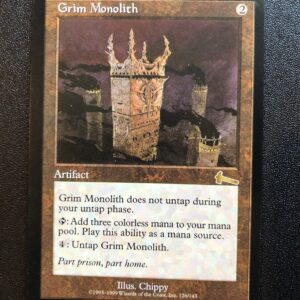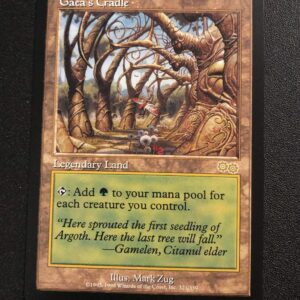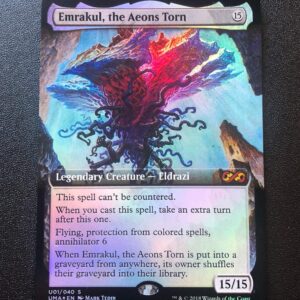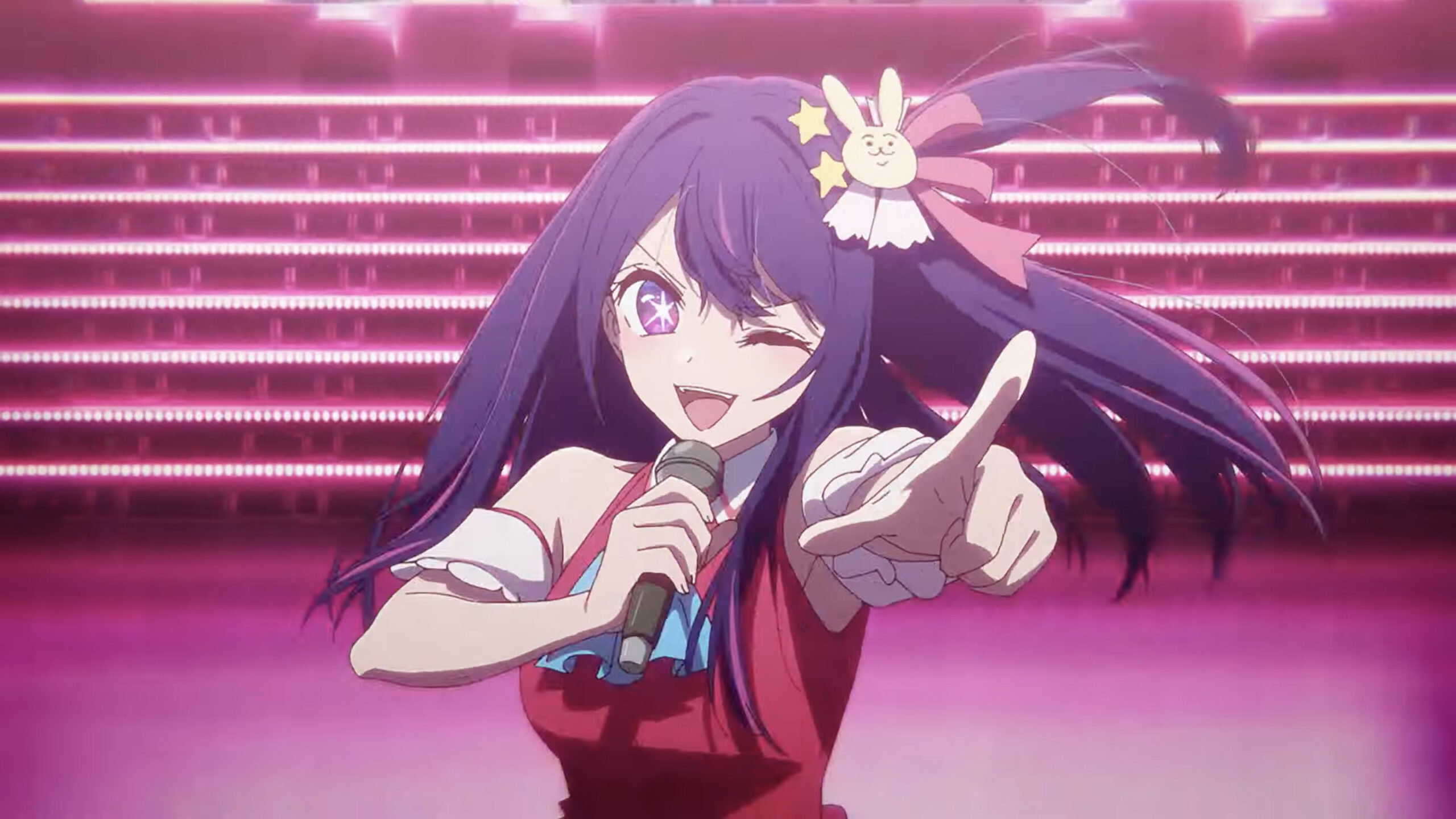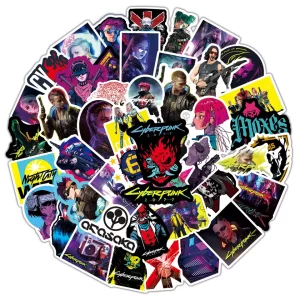The Oshi no Ko anime and manga series has taken the world by storm, captivating audiences with its intriguing storyline and unique insights into the Japanese entertainment industry. The manga is a collaborative effort between two highly acclaimed creators, Aka Akasaka (known for Kaguya-sama: Love is War) and Mengo Yokoyari (renowned for Scum’s Wish). In an exclusive interview with Akasaka, we delve into the inspirations behind Oshi no Ko and gain fascinating insights into its creation.
The Spark of an Idea: “Reincarnated as Your Favorite Idol’s Child”
The initial idea for Oshi no Ko emerged during a discussion between Akasaka and his assistant about creating a manga centered around a “strong desire.” The concept of being reincarnated as an idol’s child surfaced as a popular joke in Japan, often shared on social media whenever news of an idol’s marriage breaks. Intrigued by this idea, Akasaka jotted it down in his book of story concepts. As time went on, he became increasingly aware of the grievances and complaints within the entertainment industry, which further fueled his motivation to explore this theme. The convergence of these factors led to the realization that the time was ripe to create a story about the Japanese entertainment world, incorporating the concept he had noted down earlier.
Crafting the Plot: A Deliberate Unfolding
When starting the first chapter of Oshi no Ko, Akasaka had a clear vision of the story’s overall plot. The first and final acts were already conceived, and his task was to fill the gaps with compelling events. While traditional Japanese entertainment manga often focused on themes like dramas, movies, plays, and variety shows, Akasaka recognized the seismic shifts taking place in the industry. The advent of the internet, the popularity of YouTube, the rise of subtitled movies, the increasing influence of anime and manga on theatrical performances, and even instances of tragedy stemming from reality shows—all these elements inspired him to choose a contemporary subject that mirrored the real-world Japanese entertainment landscape.
Evoking Time and Characterization: A Delicate Balancing Act
The manga’s early chapters traverse time swiftly, posing challenges in terms of character development and consistency. Akasaka addresses this by subtly indicating that Oshi no Ko is an adult-oriented story at key junctures, catering to the magazine’s target audience. The main narrative truly takes off in Volume 2 of the manga and Episode 2 of the anime. These deliberate choices allow the story to mature and resonate with readers.
A Fateful Collaboration: Akasaka and Yokoyari Unite
Akasaka and Yokoyari’s partnership in creating Oshi no Ko was no happenstance. Akasaka was already an admirer of Yokoyari’s talent, and a mutual friend facilitated their introduction. After reading one of Yokoyari’s works featuring the entertainment industry, Akasaka knew she was the perfect collaborator for his concept. Their combined expertise and shared understanding of the subject matter led to the birth of Oshi no Ko.
Plot Development and Synergy: Akasaka and Yokoyari’s Dynamic Process
Although Yokoyari’s successful manga, Scum’s Wish, showcased her ability to craft engaging stories without external input, Akasaka frequently turns to her for creative discussions when he encounters narrative roadblocks. These consultations often take the form of casual dinner conversations with their editor, providing an opportunity for them to bounce ideas off each other. Akasaka maintains the overall flow of the story in his mind and seeks Yokoyari’s input whenever he requires guidance.
Oshi no Ko: A Departure from Previous Works
While Akasaka considers himself fundamentally aligned with the style
of storytelling in Oshi no Ko, he acknowledges that his previous work, Kaguya-sama: Love is War, was shaped by a specific comedic formula requested by the editorial department. For Akasaka, Kaguya-sama was a product of that particular formula rather than a representation of his core writing style. However, he did incorporate elements of Kaguya-sama’s comedy into Oshi no Ko to enhance its accessibility and readability.
Character Design and Collaboration: Finding Common Ground
When it comes to designing new characters, Akasaka provides rough sketches that are then refined by a storyboard artist. However, there are instances where Yokoyari takes the initiative to fully illustrate a character, even without detailed written instructions. This collaborative process allows for interactive creation, with Akasaka sometimes developing a fondness for certain characters and subsequently increasing their presence in the story. If any issues arise regarding character design, the two creators discuss and make necessary adjustments. Only once did they encounter a situation where a character closely resembled a real person, prompting them to modify the design. While Oshi no Ko draws inspiration from real-life stories in the entertainment industry, it is important to note that the manga is a work of fiction, not a documentary, and does not aim to target or attack real individuals.
Extensive Research: Exploring the Depths of the Entertainment Industry
The research conducted for Oshi no Ko covers a wide range of sources and perspectives. Akasaka and Yokoyari actively seek out real stories and personal insights from various individuals connected to the entertainment industry, including top talents, underground idols, TV station staff, producers, gossip magazine editors, YouTubers, and scriptwriters, among others. This immersive process sheds light on power dynamics, underlying logic, and the prevalent dissatisfactions within the industry. Akasaka recognizes that the Japanese and American entertainment industries differ significantly. In Japan, there is no union for talent and writers, auditions are often disregarded during casting decisions, opportunities are determined by the balance of power between companies, and challenging the authority of management is highly discouraged. By understanding these unique circumstances, international readers can deepen their comprehension of Oshi no Ko’s narrative.

Exploring Dark Realities: Shedding Light on the Idol World
The portrayal of the idol world in Oshi no Ko takes on a dark and dramatic tone, serving as a reflection of the harsh realities that young talents face. Akasaka draws inspiration from real incidents, such as an attack on a cast member who was exposed due to the announcement of a movie release. While these individuals may present a tough exterior, Akasaka discovered the emotional toll they endure behind the scenes. With the advent of the internet, fans’ voices are now directly heard, adding a new layer of pressure on these talents. Through Oshi no Ko, Akasaka aims to shed light on their struggles, exploitation, and suffering, prompting readers to question how these talents should be treated and supported. The work’s somber tone naturally emerged as Akasaka delved into the reality of the industry.
Crossing Cultural Boundaries: The “Baking Soda” Joke
Interestingly, even in the English version of the manga, overseas fans have adopted the habit of referring to Kana as “Baking Soda”-chan, albeit with a slight variation in wordplay. Akasaka expresses his surprise at the widespread popularity of this term, both in Japan and abroad. He remains curious about how non-Japanese readers interpreted the joke that revolves around the Japanese words “jūbyо̄” (ten seconds) and “jūsо̄” (baking soda), showcasing the humor’s ability to transcend national borders.
In conclusion, the creation and influence of Oshi no Ko, the acclaimed anime and manga series, offer a fascinating glimpse into the Japanese entertainment industry. Through an exclusive interview with Aka Akasaka, one of the masterminds behind Oshi no Ko, we have gained valuable insights into the inspirations, collaborative process, and thematic choices that shape this compelling work.
The original idea of being “reincarnated as your favorite idol’s child” emerged from a discussion about strong desires and the comedic nature of idol scandals in Japan. This concept, combined with Akasaka’s observations of the evolving entertainment industry and his desire to explore its contemporary themes, laid the foundation for Oshi no Ko’s engrossing narrative.
Collaborating with Mengo Yokoyari, another highly skilled creator, was a natural choice for Akasaka. Their shared understanding of the subject matter and their ability to bounce ideas off each other during their collaborative meetings contributed to the manga’s richness and authenticity.
Akasaka’s deliberate approach to plot development, carefully crafting the story’s overall structure while leaving room for intriguing events, ensures a captivating and coherent narrative. The swift progression of time in the early chapters required a balance between character development and readability, with indications that Oshi no Ko is an adult-oriented story.
Research played a vital role in shaping Oshi no Ko, with Akasaka and Yokoyari immersing themselves in conversations with industry insiders to gain a deeper understanding of the power dynamics, dissatisfactions, and unique circumstances within the Japanese entertainment world. This research informs the authenticity and complexity of the manga’s portrayal of the industry.
Beyond its exploration of the entertainment industry, Oshi no Ko delves into the dark realities faced by young talents, shedding light on the emotional toll they endure behind their public personas. Akasaka’s intention is to raise awareness and prompt readers to reflect on how these talents should be treated and supported.
As the manga resonates with readers around the globe, the emergence of the “Baking Soda” joke, even in the English version, highlights the cross-cultural appeal and humor of Oshi no Ko, transcending linguistic boundaries.
Overall, the creation and influence of Oshi no Ko exemplify the power of collaborative storytelling and the ability to address important societal issues through the medium of manga. With its engaging plot, complex characters, and a deep understanding of the entertainment industry, Oshi no Ko continues to captivate audiences while leaving a lasting impact on the world of manga and anime.

